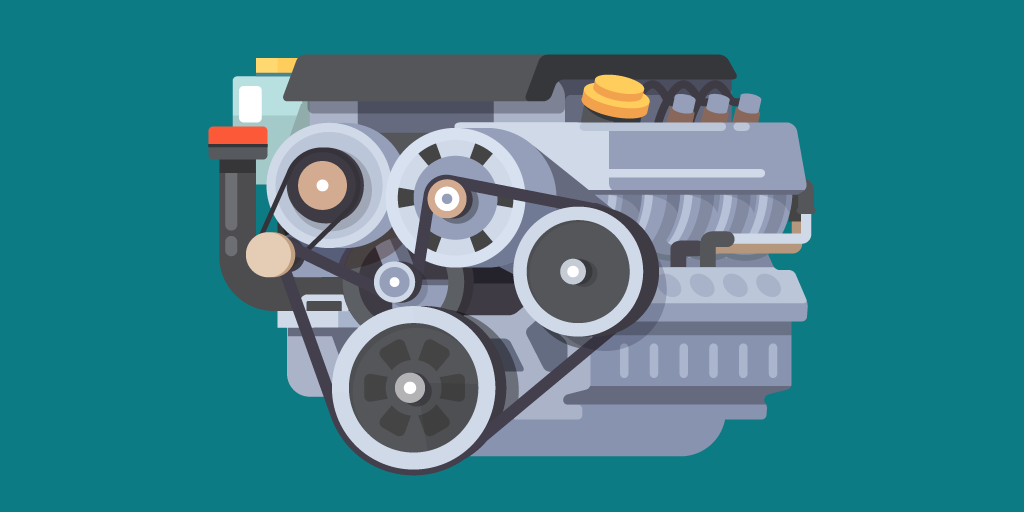How IBM Watson Helps Honda Team in Formula 1

The Honda team at Formula 1 uses IBM technology to analyze driving data, optimize the performance of a car engine, and develop a driver action strategy during a race. The weak form of artificial intelligence has long been part of control systems in some models of cars. For example, in Tesla models, a computer helps a driver to drive a car. Sometimes there are problems, but in most situations such a system works well. Recently, Honda R & D also began to use the capabilities of the cognitive system to optimize its work.
“We use the capabilities of our Watson platform to analyze data from more than two hundred different engine points in real time in a race,” said Karen Newman, vice president of IBM services. “As soon as the engine starts to work, we receive data in real time. And all this data after processing goes to the Honda team, which allows us to better understand what is required to be done at a specific point in time.
How does all this work? After drivers perform a test run, the data is analyzed by a team of engineers. If necessary, the technical team performs additional engine tuning. Even during flights, data continues to flow to the cloud and analyzed. This is done in order to understand what needs to be done in the next race to optimize engine performance and improve overall results.
"When you are racing at high speeds on the highway, you must use all this data to improve the result - whether it is wind speed or the humidity of the track coverage," says Newman. "That is why we propose to use cognitive systems and artificial intelligence that can analyze huge data volumes.
The results of the analysis help to improve the performance of arrival. And it already affects the results of the competition. So, a few weeks ago in Singapore, the Honda team showed one of its best results. And all this thanks to the fact that the cars themselves have become "smarter." Racing cars are equipped with a huge number of sensors, so working with such cars is easier - they provide a huge amount of useful data about the race, weather conditions, characteristics of the track and the work of the car itself. Only a Honda car provides data streams from 270 different locations where sensors are located.
Information is sent to the cloud for real-time analytical work. And if, for example, the engine temperature is too high, the driver will be told to slow down. If this is a test run, you can stop and adjust the engine. Temperature is a characteristic indicator of the performance of many systems, including even the effectiveness of tire adhesion to the road. And all this data needs to be tracked.
 Analyzing the data is also necessary in order to serve different auto systems in time. “F1 participants have their own approach to fuel efficiency, which differs from the requirements of drivers of conventional cars,” says Newman.
Analyzing the data is also necessary in order to serve different auto systems in time. “F1 participants have their own approach to fuel efficiency, which differs from the requirements of drivers of conventional cars,” says Newman.Riders are also involved in the process. They put on a special headset through which a team of engineers keep in touch with them. And the operator of the engineering team gives the command to change some parameters of the ride depending on the data received from the car. For example, to slow down due to overheating of the engine or, conversely, to accelerate. All this requires a very coordinated work of the whole team, since the speeds of the cars on the track are very high, and you need to change the parameters immediately, almost instantly.
This scheme of work has one more positive thing: car parts work longer than usual. And the content of the car costs the company to which it belongs, cheaper. That is, the team of riders shows the best results in the race, and the car itself lasts longer than usual. And all this - thanks to modern cognitive technologies developed by our company.
